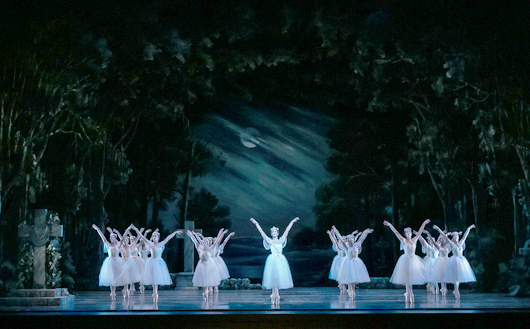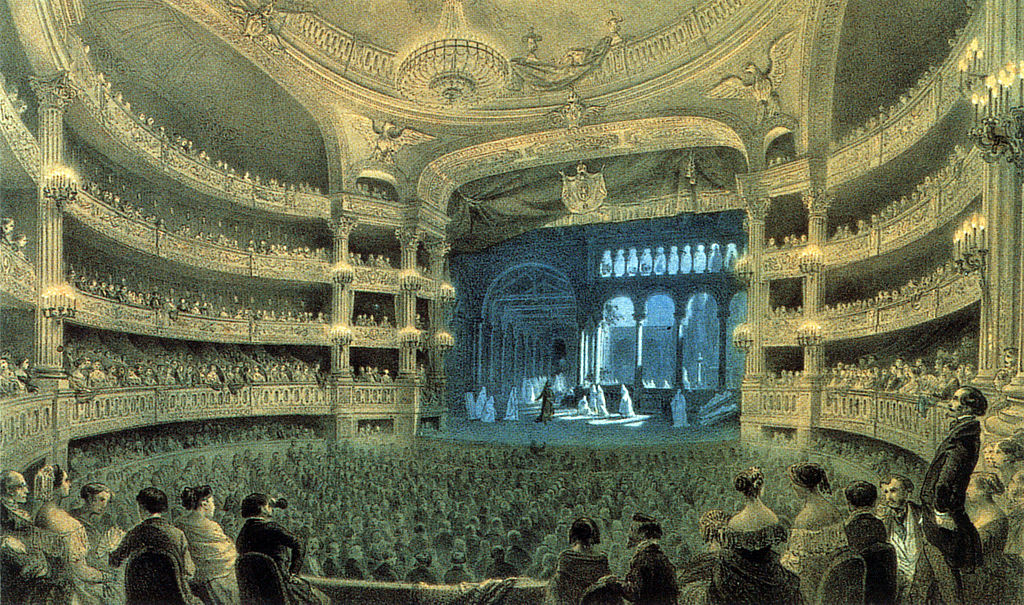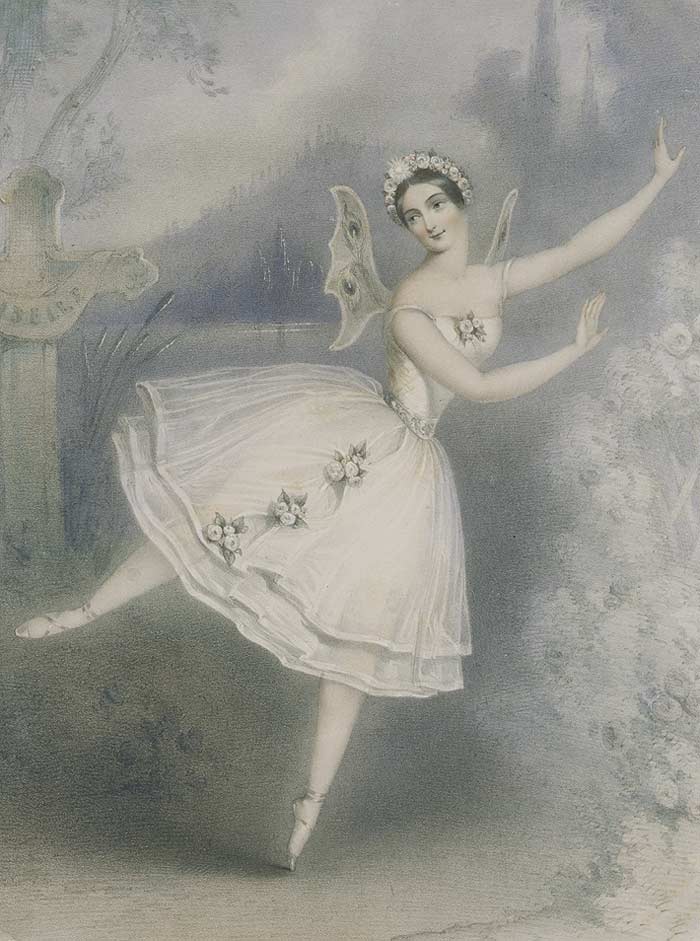
by Lauren Warnecke
Ballet has been the topic of much debate among dance scholars and writers over the last decade. Authors, critics, and academics have questioned the relevance of an art form with more than 600 years of history, particularly given the fact that much of that history has centered around Euro-centric, imperialist, male dominated subject matter (or Euro-centric, imperialist, male-dominated stereotypes of non-Western themes). Ballet dancers, choreographers, and artistic directors have varying views on how to remain current and inclusive in modern society, with some companies focusing on preserving the classics, others re-imagining or somehow evolving older ballets, and still others trying to push the form into entirely new territory.
Published in 2015, The Ballet Lover’s Companion by Zoë Anderson is a brief dance primer on ballet, with each of its eight chapters dedicated to distinct periods throughout ballet’s long history. In fewer than 350 pages, Anderson sifts through 140 ballets, analyzing their context by examining the social and political eras in which they were created. It’s an exciting (context: exciting for dance nerds like me) update to the slew of western dance history books available in that Anderson actually digs into the late 20th and early 21st century, perhaps replacing Susan Au’s 1988 stalwart on many dance majors’ bookshelves.
The Ballet Lover’s Companion is essentially a less verbose, easier to read, more optimistic version of Jennifer Homans’ Apollo’s Angels; Anderson, a dance critic, is unafraid to infuse the facts with opinion and commentary. For this reader, those are the bits that allowed me to get all the way through the book as a recreational read, but a second, typo-free edition could easily complement a western dance history course given its interesting tidbits of history and thorough treatment of an impressive number of ballets.
That all of those ballets originated from Europe, Russia or the United States is a symptom of ballet’s history, and not necessarily the fault of Zoë Anderson. That only five of the 140 ballets surveyed were created by women (namely Bronislava Nijinska, Agnes de Mille and Twyla Tharp) might be more problematic given the scope of the book into the 2010s, but perhaps again indicative of a systemic problem, and not at all unique to Anderson’s book.
Unlike Au’s Ballet and Modern Dance, or Homans’ Apollo’s Angels, however, The Ballet Lover’s Companion doesn’t appear to identify a clear audience or position itself as a textbook, though it reads like one. One page offers an enlightened discussion on the radicalism of the Ballets Russes and the desire of early 20th century choreographers to abandon classicism for more meaning and authenticity, while the next page gives a definition of the word tendu. Unsure of its audience, The Ballet Lover’s Companion could be for everyone interested in ballet, or no one at all, but my guess is that pre-professional dance students and college dance majors have the most to gain from reading it.

Contributor Lauren Warnecke is a freelance dance writer based in Chicago, and regular contributor to SeeChicagoDance.com, Windy City Times, and Chicago Magazine. Lauren is the creator of artintercepts.org, a blog committed to critical discourse about dance and performance, and has written for nationally reputed sites such as Dance Advantage and 4Dancers. An experienced educator, administrator, and producer, Lauren holds degrees in dance (BA) and kinesiology (MS). She is a Certified Personal Trainer (ACSM), and holds specialty certificates in Functional Training (ACE) and Sports Performance and Weightlifting (USAW). Tweet her @artintercepts





![Created with "waiting backstage" by Deb. Licensed under CC Attribution 2.0 Generic. [Changes to image: cropped; filters, background, and text added] Lyrics quoted on image from "We Are Never Ever Getting Back Together", artist Taylor Swift.](https://4dancers.org/wp-content/uploads/2016/02/Bathilde-and-Albrecht-Valentine-9.jpg)
![Created with "CincinnatiBallet-SwanLake2009-Dancers-KristiCapps-AnthonyKrutzkamp-Photog-PeterMueller" by KCBalletMedia. Licensed under CC Attribution 2.0 Generic. [Changes to image: cropped; filters, background, and text added]](https://4dancers.org/wp-content/uploads/2016/02/Siegfried-and-Odette-Valentine-2-1024x1024.jpg)
![Created with "swKCB0514_ 1685" by KCBalletMedia. Licensed under CC Attribution 2.0 Generic. [Changes to image: cropped; filters, background, and text added] Lyrics quoted on image from "Love Story", artist Taylor Swift.](https://4dancers.org/wp-content/uploads/2016/02/Romeo-and-Juliet-Butterfly-Valentine-8-1024x1024.jpg)



